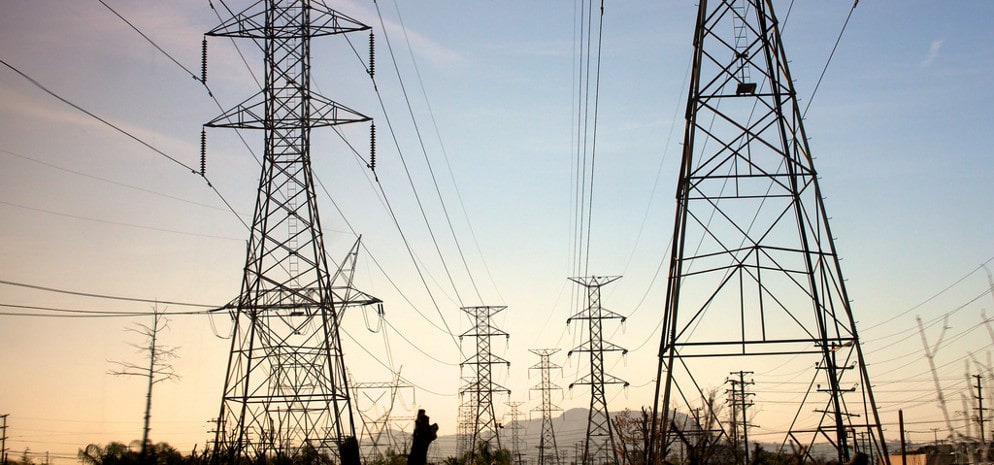This Spring, North Carolina Clean Energy Technology Center (NCCETC) launched a new report series, to follow on its authoritative 50 States of Solar report. The new 50 States of Grid Modernization is only in its second quarterly edition, but is already proving an important contribution to the information available on this critical topic for the transformation of electricity systems.
The Q2 2017 report shows several interesting correlations, which are not spelled out by NCCETC but nonetheless are obvious to those who are tracking the progress of renewable energy policy and solar market growth. The first is that with a few exceptions, many of the states that are most active in grid modernization have strong renewable energy mandates and/or significant adoption of distributed solar.
The top state remains New York. But even with the state’s far-reaching and ambitious Reforming the Energy Vision (REV) process, it took staff at pv magazine by surprise that New York was engaged in no less than 26 grid modernization actions during Q2, which span from setting up incentives to new studies and investigations.
And it is not an accident that New York also has a 50% by 2030 renewable energy mandate, which puts it in a tie with California for the third most ambitious policy in the nation.
Massachusetts was next with 16 grid modernization actions, including setting a mandate for the state to deploy 200 MWh of energy storage – making it the third such state to set a mandate, after California and Oregon. And while Massachusetts has an anemic renewable energy mandate – a mere 15% by 2020 – it is one of the nation’s largest markets for distributed solar.
It is also notable that despite its many policies and success with solar, Massachusetts’ overall deployment of non-hydro renewable energy is weak. The state got around 4% of its electricity from solar and wind in 2016, well below the national average of 7%, due to a near-absence of land-based wind deployment.
The third state is hardly a surprise. California took 13 actions relating to grid modernization, which include through its ongoing proceeding to set a value for distributed energy resources, which follows on the landmark valuation ruling in New York under REV. And of course California leads the nation for distributed solar and solar deployment overall, with solar representing 13% of the state’s in-state generation last year.
 What is notable about these correlations is that there is no similar correlation for wind deployment. The states that are leaders in wind – either in raw volume, on a per-capita basis or as a portion of generation or demand – are not showing up among the most active states in NCCETC’s latest report. In fact, the map of active states shows a grey area over the northern Plains States, Iowa, Wyoming and Montana – which are among the most active areas for wind development in the nation.
What is notable about these correlations is that there is no similar correlation for wind deployment. The states that are leaders in wind – either in raw volume, on a per-capita basis or as a portion of generation or demand – are not showing up among the most active states in NCCETC’s latest report. In fact, the map of active states shows a grey area over the northern Plains States, Iowa, Wyoming and Montana – which are among the most active areas for wind development in the nation.
Nor does this appear to be a one-quarter fluke; with the exception of Iowa, which in 2016 got the largest portion of its electricity from wind of any state in the nation at 37%, all of the above mentioned states also took no actions on grid modernization. If anything, it could be said that some of these states, such as Montana, are moving in the opposite direction, including a ruling on PURPA implementation which has sent a message to the solar industry that it is not welcome there.
In terms of the types of actions taken by the states that are active, these vary widely. NCCETC found a near-even split on actions that relate to deployment, policy changes, and studies and investigations of grid modernization. However, when it came to concrete actions implementation of advanced metering infrastructure was the most common, followed by smart grid deployment and grid modernization investigations.
Implementation of time-of-use (TOU) rates was also common, with 12 actions taken across the United States. Such actions can be a response to changing conditions on electrical grids with high penetrations of solar PV, and in the case of California the TOU rates which are being proposed by utilities are the subject of a great deal of debate.
This content is protected by copyright and may not be reused. If you want to cooperate with us and would like to reuse some of our content, please contact: editors@pv-magazine.com.









By submitting this form you agree to pv magazine using your data for the purposes of publishing your comment.
Your personal data will only be disclosed or otherwise transmitted to third parties for the purposes of spam filtering or if this is necessary for technical maintenance of the website. Any other transfer to third parties will not take place unless this is justified on the basis of applicable data protection regulations or if pv magazine is legally obliged to do so.
You may revoke this consent at any time with effect for the future, in which case your personal data will be deleted immediately. Otherwise, your data will be deleted if pv magazine has processed your request or the purpose of data storage is fulfilled.
Further information on data privacy can be found in our Data Protection Policy.